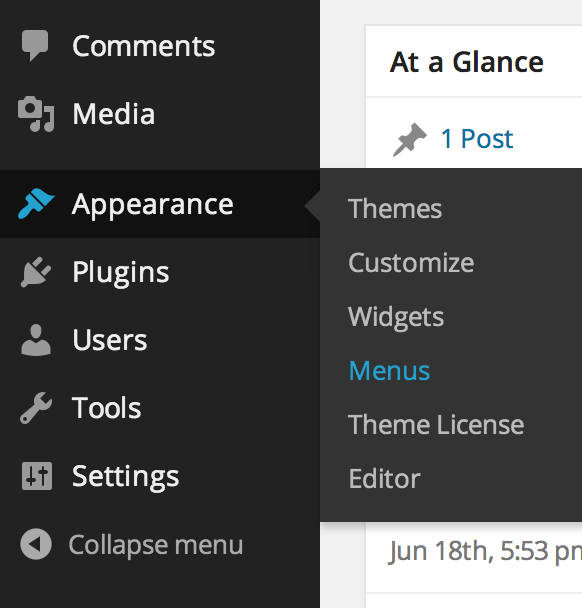Main Menu in SEO
The main menu is a graphical user interface element that serves as the central point of navigation in a software application or operating system. It typically appears as a list or a set of options displayed on the screen, allowing users to access different features, settings, and functionalities of the software.
Origins of Main Menu
The concept of a main menu has its origins in early computer systems and graphical user interfaces (GUIs). One of the earliest examples of a main menu can be traced back to the Xerox Alto, a pioneering computer developed at Xerox PARC in the 1970s. The Alto introduced the concept of a desktop metaphor, where users interacted with icons and menus displayed on a screen using a mouse.

Essential Part of Modern GUI-Based Software
The main menu became a fundamental element in subsequent GUI-based operating systems and software applications. It provides users with a visual representation of available options and actions, enabling them to navigate through different sections or modules of a program. Over the years, the main menu has evolved and taken various forms, such as drop-down menus, sidebars, ribbon interfaces, and tile-based menus, depending on the design and layout of the software or operating system.
Main Menu in SEO
In the context of SEO (Search Engine Optimization), the term "main menu" refers to the navigation menu on a website. The main menu is a crucial element for both user experience and search engine optimization.

User Experience
From a user experience perspective, the main menu helps visitors easily navigate through different sections or pages of a website. It provides a clear structure and organization, allowing users to find the information they are looking for quickly and efficiently. A well-designed main menu enhances the overall usability of a website and improves user satisfaction.
SEO
From an SEO perspective, the main menu plays a role in how search engines crawl and index a website. Search engine crawlers use links to discover and navigate through web pages, and the main menu often contains links to important pages within a site's hierarchy. By including relevant keywords in the anchor text of the main menu links, you can signal to search engines the relevance and importance of those pages for specific search queries.
Optimization
Here are a few tips for optimizing the main menu for SEO:
- Use descriptive and keyword-rich anchor text: Ensure that the text used for the main menu links accurately describes the linked page's content and includes relevant keywords. This helps search engines understand the context and relevance of each page.
- Maintain a logical structure: Organize your main menu in a logical and hierarchical manner, with broader categories at the top and more specific subcategories beneath them. This helps both users and search engines understand the website's structure.
- Implement proper HTML markup: Use proper HTML markups, such as unordered lists (ul) and list items (li), to structure your main menu. This helps search engines understand the relationship between menu items and improves accessibility.
- Ensure mobile-friendliness: With the increasing use of mobile devices, it's crucial to have a responsive main menu that works well on smaller screens. Mobile-friendly menus contribute to a positive user experience and can improve SEO rankings, as mobile-friendliness is a ranking factor for search engines.
- Consider site speed: The main menu should not negatively impact the loading speed of your website. Optimize the menu code and avoid including excessive scripts or large images that could slow down the page loading time.
Conclusion
The main menu in SEO holds significant importance for both user experience and search engine optimization. Serving as a vital navigation element on a website, it allows visitors to easily navigate through different sections and find relevant information efficiently. From an SEO perspective, optimizing the main menu involves using descriptive and keyword-rich anchor text, maintaining a logical structure, implementing proper HTML markup, ensuring mobile-friendliness, and considering site speed. By following these guidelines, websites can enhance user satisfaction, improve search engine crawling and indexing, and ultimately enhance their SEO performance. A well-designed and optimized main menu contributes to a positive user experience, helps in improving the website's discoverability, and assists search engines in understanding the relevance and hierarchy of the site's content.